(Note: This is a partial excerpt from the article “Top 12 Signs That You’re Outgrowing QuickBooks“.)
“QuickBooks is the entry into accounting software for many businesses, thanks to its low price point and relative simplicity. However, it is an entry-level accounting system and growing businesses quickly come to understand the shortcomings of the software. While many of QuickBooks’ shortcomings can be overcome with manual workarounds and complementary software, eventually those steps are not enough and problems emerge that begin to stifle growth. The difficult part for many of these businesses is determining when they need to move to a new system.
- Manual processes: Whether its revenue recognition or the monthly close, the limits of QuickBooks functionality force accounting departments into complex workarounds in spreadsheets and a morass of journal entries. This leaves accountants gathering data from disparate systems and manually entering it into QuickBooks or pulling data out of QuickBooks for analysis. The cumbersome manual processes are prone to error and leave less time for analysis and work that brings value.
- Spreadsheet overload: Because QuickBooks limits access to the system, vital company data is often stored on spreadsheets. Workers then waste time playing “hunt for the spreadsheet” trying to find the most recent and accurate data. Meanwhile, spreadsheets are at risk of manual data entry errors and typically have weak audit and compliance controls introducing the risk of fraud.
- Multiple entities: QuickBooks can’t handle multiple entities directly, forcing accounting into unwieldly manual workarounds and limiting companies seeking to expand abroad. Without automation, multi-entity consolidation becomes a huge drain on resources.
- Disparate tools and data: In order to manage inventory within QuickBooks, businesses that grow beyond spreadsheets often turn to add-on applications to fill gaps in areas like inventory management. This is a frequent problem for companies running QuickBooks. They add on third-party solutions to patch holes in QuickBooks functionality only to find that the integrations aren’t as robust as advertised, data doesn’t synch, and issues arrive during upgrades. That leaves data spread in different systems and spreadsheets across the organization.
- User and storage limits: Growing businesses quickly find they need more user licenses than QuickBooks provides as they also run up against QuickBooks storage limits. The maximum number of simultaneous users on QuickBooks is three for QuickBooks Pro and five for QuickBooks Premier. The Desktop Enterprise edition allows businesses to add up to a 10-user license, after which it jumps to 30. QuickBooks performance also starts to diminish as the company file size increases above 1 GB. Businesses exceeding these limits can confront costly and problematic system outages.
- Lack of customization: QuickBooks limited functionality and rigid structure prevent businesses from customizing it to fit their unique needs. For example, businesses can’t limit or change who approves a purchase request or the process for approval.
- Best practices are non-existent: That lack of customization has some companies looking to QuickBooks alternatives to follow industry best practices like compliance reporting or audit controls. They find that QuickBooks can’t fit their needs, once again forcing them into complex workarounds and limiting efficiency or putting them at risk for falling out of compliance.
- Lack of visibility: The more customers, products, revenue and sales channels a business has, the more difficult it is to gain insights from that data in QuickBooks. Because information is often stored in separate systems or spreadsheets, data is not updated in real-time. Limited reporting capabilities force accounting to turn to spreadsheets, which are error-prone, and gathering data is labor intensive.
- Tedious, cumbersome month-end close: Limited functionality and scope create a heavy workload for the accounting department conducting the month- and period-end close. Staff is forced to track down data from different departments before entering it into QuickBooks then cross-posting transactional data between systems.
- Sales forecasting and budgeting processes rely on guesswork: QuickBooks is a poor repository for historical information, which makes practices like sales forecasting and budgeting difficult. Even though data for trend analysis exists somewhere, it’s too hard to find and extract so employees sometimes resort to making educated — and often inaccurate — guesses.
- It is difficult to add new product lines or revenue streams: Every time there are changes in a business, staff have to accommodate them with workarounds. QuickBooks doesn’t have built-in support for everyday functions like making simple changes across matrix SKUs and adding new sales tax rates. Processes that cry out for automation have to be done manually or from spreadsheets.
- Expensive and burdensome audits: As regulations and other compliance standards evolve, accounting teams that have to rely on spreadsheets discover preparing for audits is time-consuming and subject to risk. When the audit is conducted, many businesses find it takes longer than expected and is therefore more expensive.
Once people realize that QuickBooks is holding the company back, the next step is to evaluate and select a more powerful option — one of the most common solutions is a cloud-based ERP system. This can sound like a daunting prospect for some given ERP’s reputation for being best used with large-scale projects and by large companies. However, today’s ERP platforms allow companies to start small and add functionality as they grow by incorporating modules like inventory management, customer relationship management (CRM), financial management and human capital management.”
Disclaimer: This is a partial excerpt from the article “Top 12 Signs That You’re Outgrowing QuickBooks“. To view the entire article, click here.
Disclaimer: Showcasing the content of this article is not an endorsement of NetSuite or any of its related products.
